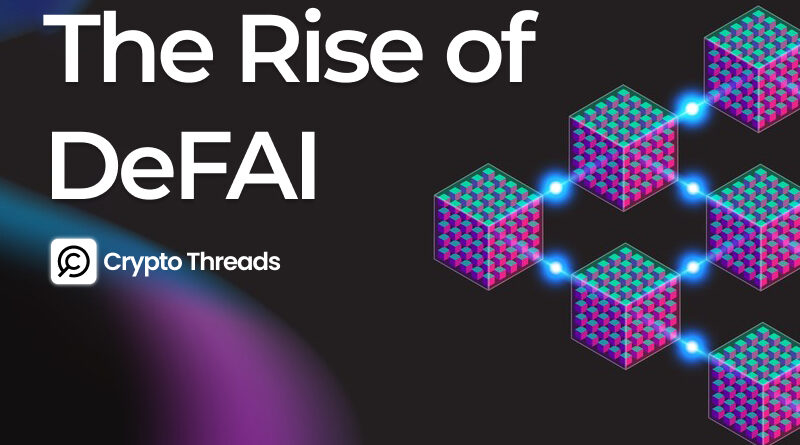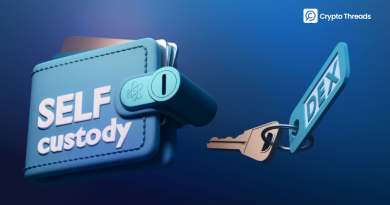The Rise of DeFAI
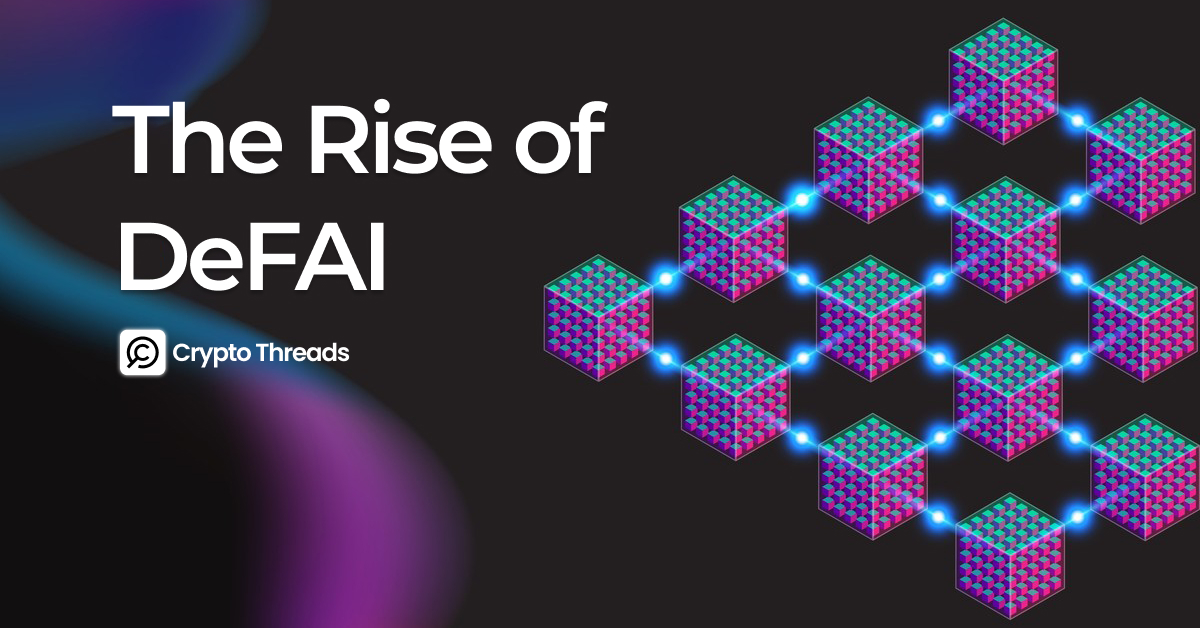
While AI agents are becoming more and more recognized as a game-changing reality, DeFi continues to be the foundation of cryptocurrency. These days, new projects let consumers enter action-based instructions while AI agents carry out trades or swaps in the background. The disruptive field known as DeFAI (DeFi + AI) was generated by this combination.
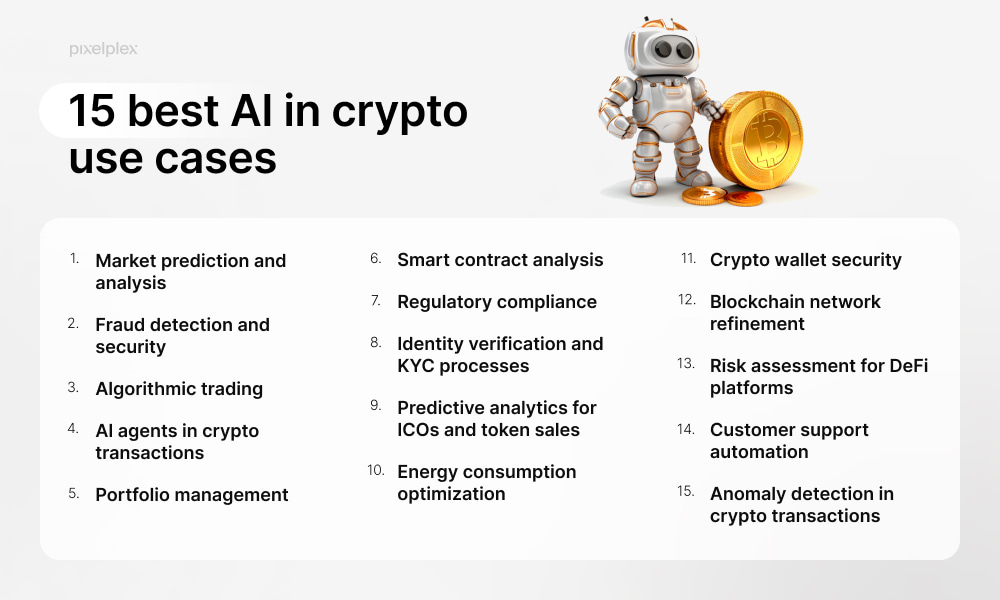
Best Use Cases of AI in Crypto (Source: PixelPlex)
In this article, we examine how DeFi and AI intersect and the future directions of this developing area.
AI Agents in Crypto
Initially, AI agents in crypto appeared as Twitter (now X) bots interacting with users. Over time, they evolved to provide valuable insights based on on-chain data and social activities. These early agents play a small but notable role in improving user engagement, giving traders and enthusiasts real-time market updates and analytical breakdowns of blockchain activities.
Users who pushed the limits of AI agents found that they could also handle funds, compose music, and create art. In order to optimize asset management methods, certain AI models started making automated trading choices by evaluating enormous volumes of blockchain data. Now, teams are building applications that leverage AI agents for nearly any crypto-related task, potentially replacing traditional hot wallets due to their convenience and automated fund management.
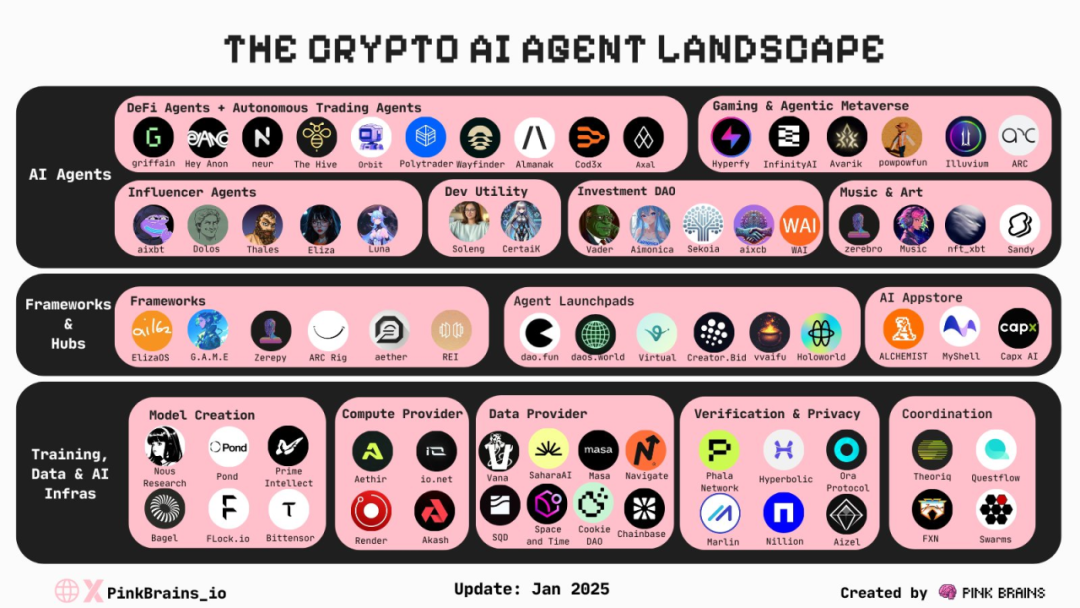
A preliminary exploration of the DeFAI ecosystem (Source: PinkBrain.io)
Enhancing DeFi Interactions
For newcomers, even basic DeFi tasks like lending ETH can be complicated. DeFi is intimidating for newcomers, with smart contracts, liquidity pools, and network bridges to learn about, among other concepts. Moreover, advanced users often have to work through many protocols, which is tedious and inefficient.
DeFAI platforms such as Orbit help with this by letting users complete tasks using one prompt. Asking “Can you go deposit some ETH into Aave for the highest yield on any network?” to automatically connect an AI agent and deposit funds. Orbit has protocol-specific agents that allow users to discover what options are available simply by typing: “Where can I deposit my USDC for yield?” Such automation minimizes friction, thereby making DeFi more accessible to a broader audience.
Beyond yield farming and lending, AI agents will eventually be capable of staking, providing liquidity, and governance as well. By providing insights based on historical performance and market trends, these AI-driven tools can help users identify markets that are likely but also allow them to minimize risk through forecasts.
AI-Powered Research
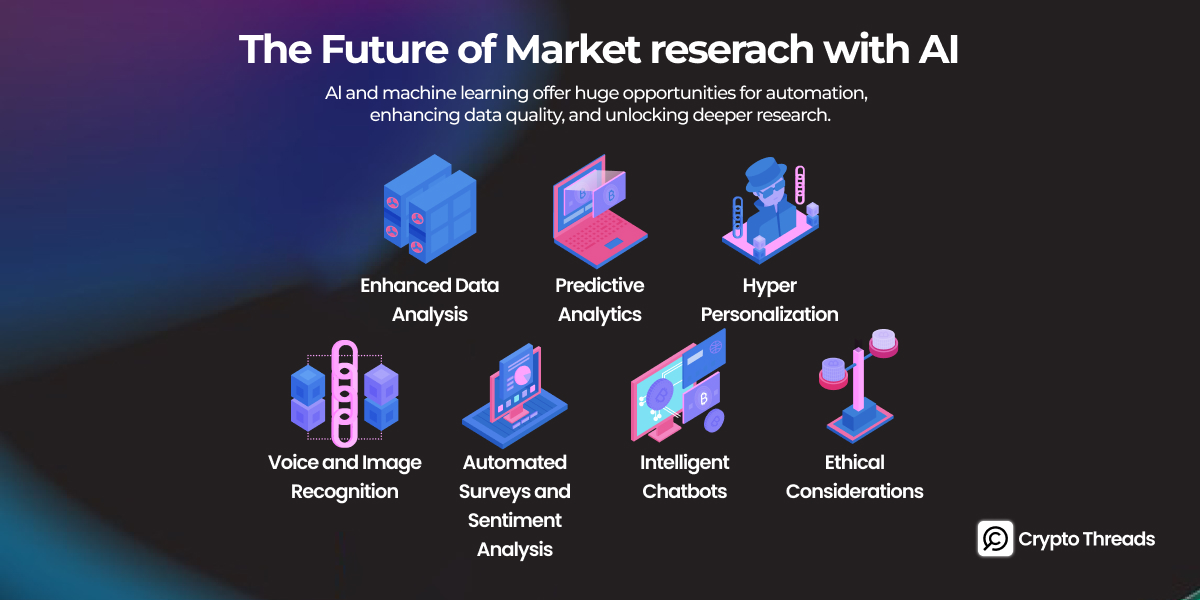
Artificial Intelligence in Marketing Research
Beyond executing transactions, DeFAI projects also assist with research. Experienced users typically sift through documentation, whitepapers, and GitHub repositories before engaging with a new protocol. This research phase is essential to avoid rug pulls and scams, but it can be extremely tedious.
To drastically reduce research time, some teams, like Clustr Labs, are developing AI agents that can scan project documents and identify the most crucial details. They can help consumers make well-informed decisions by, for example, summarizing the dangers associated with smart contracts, auditing their security, or even comparing protocol features.
Research tools driven by AI will likely develop into individualized DeFi consults that help users make investment decisions based on their objectives and risk tolerance. This and related developments have the potential to significantly alter the DeFi environment by improving participation’s usability and data-drivenness.
Improving Security in Crypto
Fighting fraud is one of the biggest challenges in crypto. DeFAI platforms also minimize risk, as they ensure AI agents will not interact with anything but trusted, whitelisted projects. Security is still a major concern in DeFi, as bad actors frequently use malicious smart contracts to siphon funds from unsuspecting users.
So if you’ve been in and around crypto at all, you’re probably familiar with the scam accounts impersonating others with bad links. In other words, DeFAI agents screen for these threats and make it safe for users to interact with DeFi projects. With AI verification methods, these platforms will consolidate and analyze a massive volume of data to determine the authenticity of contracts built on them, create alerts for possible fraudulent activity, and inform users about prospective security weaknesses on the network.
Moreover, with the picture of the scrutiny of regulators tightening, DeFAI platforms can also help to ensure compliance. By scanning huge amounts of data, AI models can detect illegal activities, promote transparency, and allow DeFi protocols to comply with changing regulatory frameworks.
What’s Next?
Although still in its early days, DeFAI is laying the foundation for a more efficient and secure DeFi ecosystem. These AI agents lead the way in improved automation, research and security that improve work streams for both novices and experts alike. As acceptance increases, more DApps will be added, among which there will be able to use ATP-21 AI to process everyday tasks in DeFi.
We may see AI bots manage entire portfolios and predict future market trends or even serve as independent DeFi strategists in the future. The intersection of AI and DeFi is just getting started, but could have a substantial effect on the trajectory of cryptocurrency.
By virtue of more innovation, making decentralized finance safer, more intelligent, and more accessible like never before, DeFAI could change the way people interact with decentralized finance entirely.
